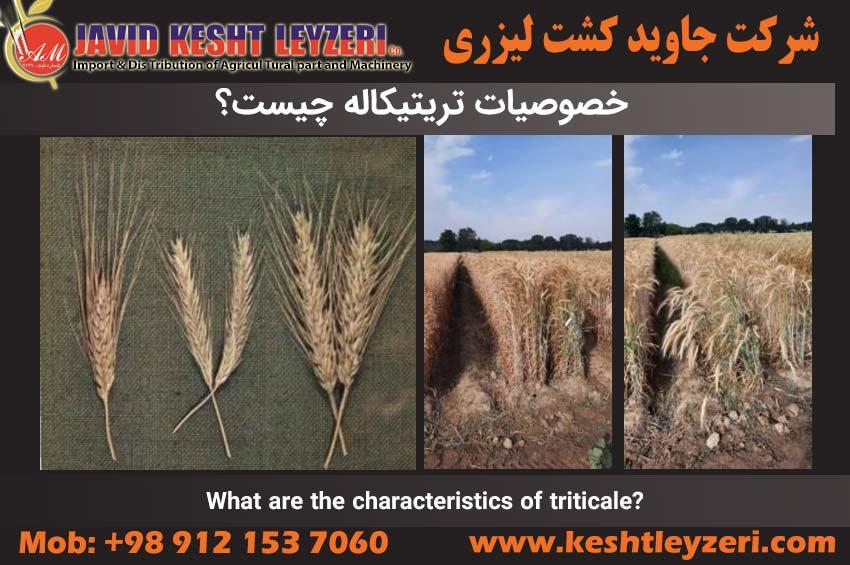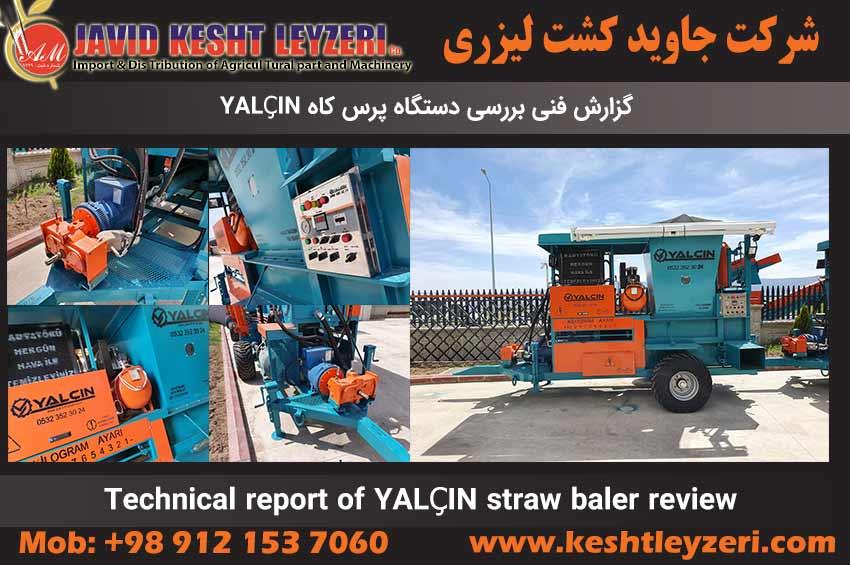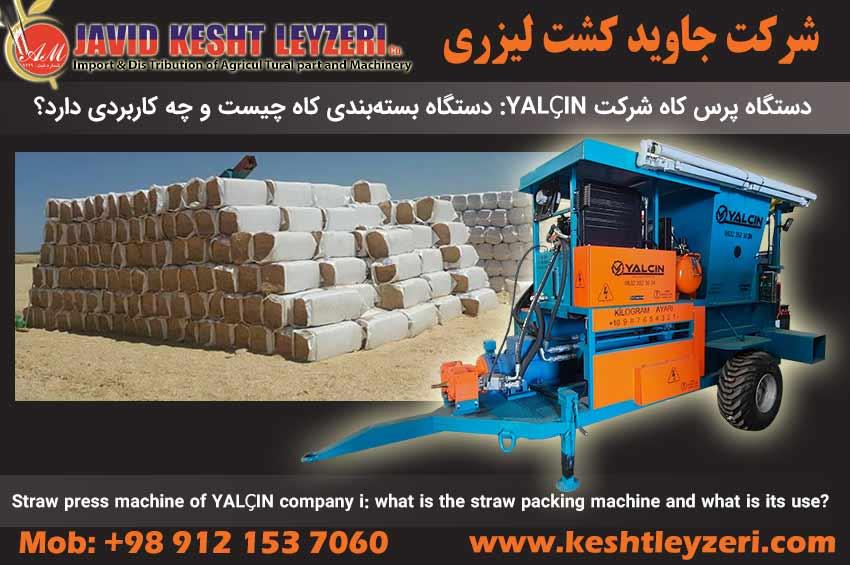
What are the characteristics of triticale?
javid keshtleyzeri Co.ltd
In this section, you will learn about triticale:
What is triticale?
What are the characteristics of the triticale plant?
What are the agricultural characteristics of triticale?
The contents are presented below.
What is Triticale?
Triticale is a plant species that is created from the crossbreeding of wheat and rye, specifically Triticum aestivum and Secale cereale. It has gained attention in recent years as an important source for grain and forage production. Triticale is well-known for its high resistance to diseases and pests, its ability to grow in diverse weather conditions, and its high yield, making it a popular plant for cultivation in various regions of the world.
Triticale is considered a dual-purpose plant, meaning it can grow in extremely dry conditions and poor soils. These characteristics make it a suitable option for cultivation in dry and desert regions.
Furthermore, triticale has positive nutritional properties. It contains high amounts of protein, fiber, vitamins, and minerals, which are highly beneficial for human health. Additionally, triticale is known for being an excellent source of unsaturated fatty acids and antioxidants.
As a result, triticale has become an appropriate option for human nutrition and also for livestock feed. Due to its resistance to unfavorable geological conditions, researchers and farmers are seeking methods to improve the performance and efficiency of triticale cultivation in different parts of the world. With the development of optimal cultivation methods and the use of innovative technologies, it is hoped that triticale production as an important and sustainable food source will increase in the future.
Triticale cultivation involves the production of grain and forage and is prevalent in many countries. Triticale can be grown as green forage, silage, or in mixtures with legumes. Overall, triticale has higher quality protein compared to barley, wheat, and oats, making it a distinct food source for livestock and poultry. Additionally, triticale has greater resistance and growth potential compared to wheat, making it particularly recommended for low-yielding lands. However, triticale is not suitable for baking bread alone and easily gets spoiled. However, it can be combined with wheat flour.
What are the characteristics of triticale plants?
The characteristics of triticale are as follows:
1. Triticale is a self-fertile annual plant that has a low percentage of out-crossing, and commercial varieties are hexaploid with 42 chromosomes.
2. Under equal cultivation conditions, new triticale varieties have similar performance to wheat varieties, and in some cases, their performance is even higher than wheat and barley.
3. One of the notable features of triticale is its resistance to certain common wheat diseases, such as yellow and black rust. This resistance reduces production costs for farmers as there is no need for spraying against these diseases.
4. Triticale has good lodging resistance. Despite its slightly lower flexibility compared to wheat, its stems are stronger, and lodging is less likely to occur.
5. Compared to wheat, triticale has greater resistance to grain shedding.
6. Triticale has desirable tolerance to cold and the ability to recover from cold damage, which is a characteristic inherited from its wheat parentage.
7. Due to the transfer of desirable traits from parents in various experiments, triticale varieties have good resistance to drought and end-of-season conditions.
8. Triticale has the ability to tolerate acidic soils and saline soil conditions.
9. Because triticale has better animal and poultry nutrition compared to wheat and barley, it is superior to them. This is because triticale has higher lysine amino acid content (which affects meat production) and can be used as a substitute for corn. Also, triticale is more suitable for silage production compared to barley and oats.
10. Triticale has a high potential for dry matter, grain, and straw production compared to wheat and barley.
11. Triticale has efficient water consumption.
12. Triticale can be used for both fodder and food purposes.
13. Mixing triticale flour with wheat flour improves the characteristics of bread.
What are the agricultural characteristics of triticale?
Triticale is a hybrid crop obtained from the combination of wheat and barley. This plant has some desired agricultural characteristics, including resistance to breakage, resistance to diseases and pests, tolerance to salinity and drought, high nutritional content and good performance. Triticale can also grow in different agricultural conditions and grow well in areas with hot and cold climates. According to these characteristics, triticale can be used as a multipurpose crop.
The agricultural characteristics of triticale include all the characteristics of wheat. For its cultivation, you can use common tools and machines in wheat cultivation and use the same methods of planting, planting and harvesting.
These features are among the advantages that will be effective in the expansion of triticale cultivation. Its planting date depends on the weather conditions and the cultivation area, but it is usually planted ten days earlier than wheat, so that the seeds are properly filled. The amount of seed used and the distance between rows are similar to wheat, and the seed depth of triticale planting is less than the seed depth used in wheat. However, it should be noted that the germination power of triticale seed is lower than that of wheat, and a depth of more than six centimeters is not suitable for its planting. The need for fertilization, nutrition and irrigation in natural conditions and soil fertility is similar to wheat.






